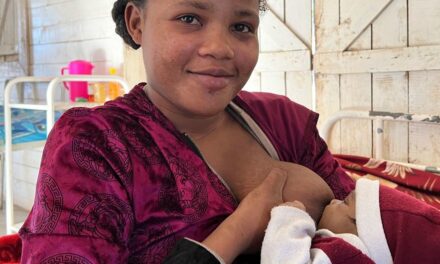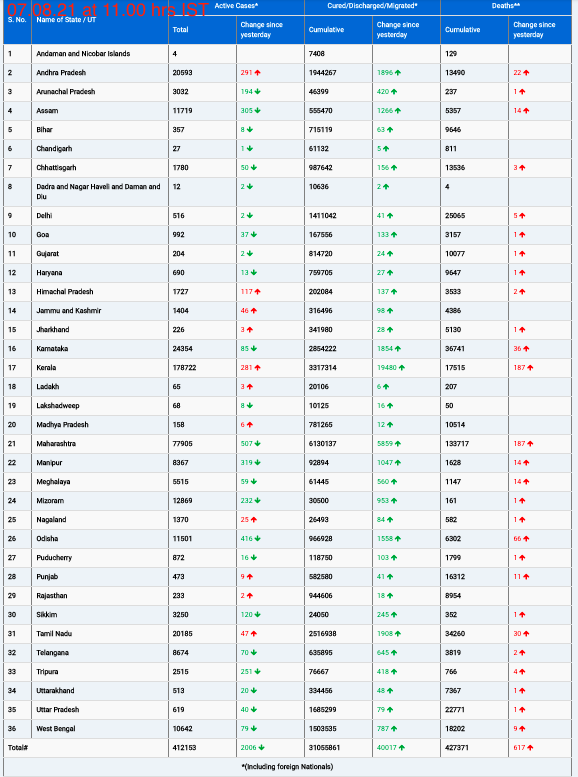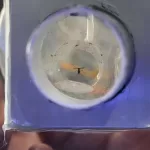Accurately estimating the time of death is crucial in forensic investigations, but the process is often fraught with complexity and uncertainty. Now, a groundbreaking study led by researchers from Arizona State University has uncovered a group of common microbes that operate as a biological clock, providing unprecedented precision in determining the post-mortem breakdown of tissue.
Published in the journal Nature Microbiology, this first-of-its-kind study sheds light on the microbial ecology of cadaver decomposition, offering new insights into forensic science and its applications in criminal investigations.
Led by Qiyun Zhu, a researcher with the Biodesign Center for Fundamental and Applied Microbiomics at ASU, the research team explored a network of approximately 20 microbes responsible for cadaver decomposition across different climates and seasons. They found that these “universal decomposers” orchestrate the decay process according to a strict timetable, allowing for accurate time-of-death estimates regardless of environmental conditions.
“High-throughput technologies like DNA sequencing and mass spectrometry generate large volumes of data,” explained Zhu. “Such approaches often yield deeper insights into fundamental questions than traditional methods do.”
The study involved the decomposition of 36 cadavers at three different forensic anthropological facilities, located within two climate zones. Surprisingly, the researchers discovered the same set of decomposing microbes on all cadavers, regardless of climate or soil type. These microbes demonstrated consistent consumption behavior, arriving punctually at specific time points throughout the observation period.
Notably, these specialized microbes were not found in soil microbiome databases or human microbiome catalogs. Instead, they are spread by insects such as carrion beetles and blowflies, accelerating the decomposition process.
Using machine learning, the research team developed a predictive model based on the microbial ecology found on decomposing bodies. This model demonstrated high accuracy in predicting the time of death within three calendar days, offering a reliable tool for forensic investigations.
“This research represents a significant advance for forensic science,” said Zhu. “By providing a robust and practical method for estimating the time of death, we hope to enhance the accuracy and validity of forensic investigations, ultimately aiding criminal justice efforts.”
Moving forward, the researchers aim to refine their models and further investigate the applications of microbial clockwork in forensic science. With its potential to revolutionize how time-of-death estimates are made, this breakthrough study opens new avenues for advancing our understanding of cadaver decomposition and its implications for forensic investigations.










